Home>Gardening & Outdoor>Garden Tools & Equipment>How To Start A Lawnmower
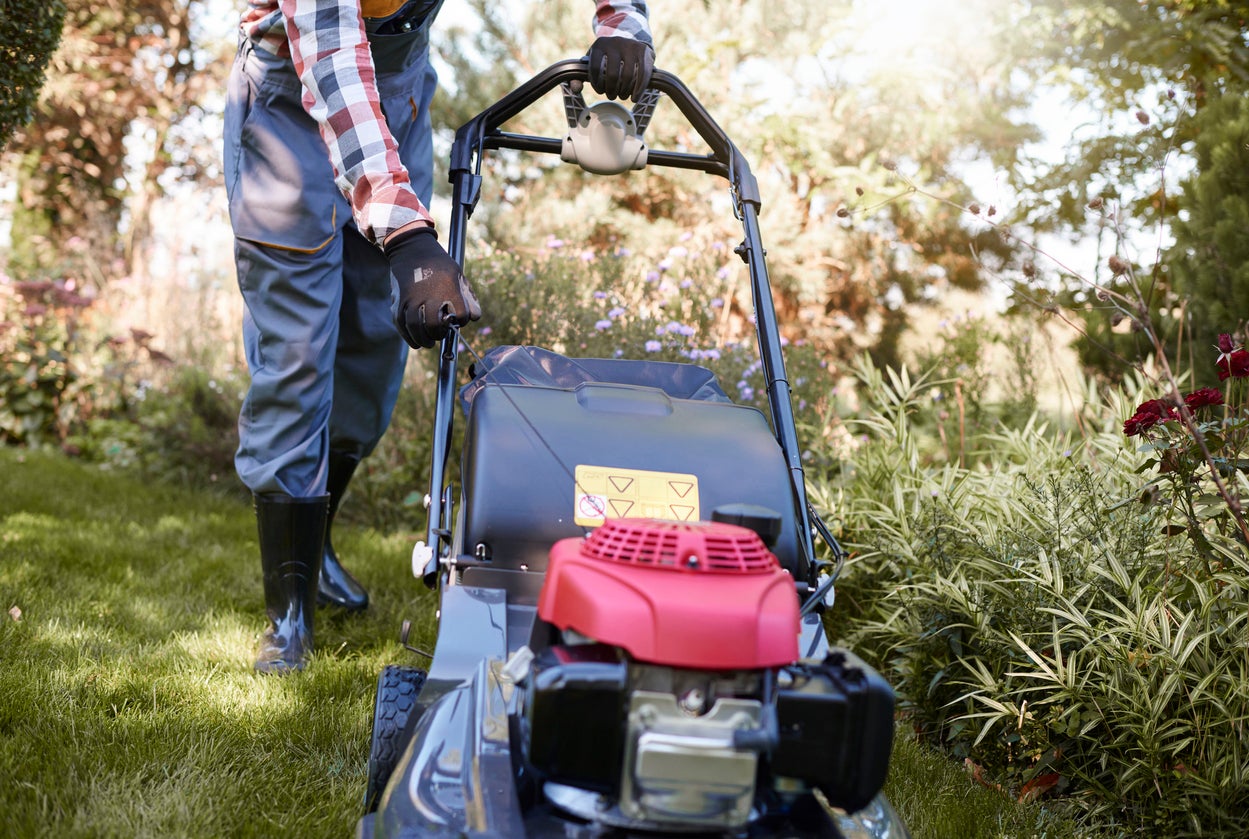

Garden Tools & Equipment
How To Start A Lawnmower
Published: January 21, 2024
Learn the step-by-step process of starting a lawnmower and maintaining your garden tools and equipment. Get expert tips and advice on getting your lawnmower up and running.
(Many of the links in this article redirect to a specific reviewed product. Your purchase of these products through affiliate links helps to generate commission for Storables.com, at no extra cost. Learn more)
Introduction
Starting a lawnmower may seem like a simple task, but there are specific steps and techniques that can make the process smoother and more efficient. Whether you're a seasoned gardener or a novice looking to maintain a pristine lawn, mastering the art of starting a lawnmower is essential. A well-maintained lawnmower is a valuable tool for keeping your lawn in top condition, and understanding how to start it correctly is the first step in achieving a beautifully manicured yard.
In this comprehensive guide, we will walk you through the step-by-step process of starting a lawnmower. From gathering the necessary tools and materials to shutting down the lawnmower after use, each step is crucial in ensuring that your lawnmower operates effectively and safely. By following these instructions, you can kick-start your mowing routine with confidence, knowing that you're equipped with the knowledge to tackle this essential gardening task.
So, let's dive in and explore the essential steps to starting a lawnmower, empowering you to maintain a lush, well-trimmed lawn with ease and precision.
Key Takeaways:
- Master the art of starting and maintaining a lawnmower with confidence. Gather tools, check oil and fuel, prime the engine, and mow with precision for a lush, well-groomed lawn.
- Ensure a reliable and efficient lawnmower operation. From priming the engine to adjusting the cutting height and shutting down, follow these steps for a beautifully manicured lawn.
Read more: How To Start A Riding Lawnmower
Step 1: Gather Necessary Tools and Materials
Before starting a lawnmower, it’s crucial to gather all the necessary tools and materials to ensure a smooth and efficient process. Here’s a checklist of items you’ll need:
- Lawnmower: Ensure that the lawnmower is on a flat, level surface and that it has sufficient fuel and oil.
- Fuel: Check that you have the appropriate type of fuel for your lawnmower, whether it’s gas, electric, or battery-powered.
- Oil: Verify that the oil levels in the lawnmower’s engine are adequate for proper lubrication.
- Spark Plug Wrench: This tool is essential for removing and inspecting the spark plug, ensuring that it’s clean and in good condition.
- Clean Cloth: Keep a clean cloth handy for wiping any dirt or debris from the lawnmower.
- Gas Can: If your lawnmower is gas-powered, a gas can with fresh, clean fuel is necessary for refueling.
- Safety Gear: Don’t forget to wear appropriate safety gear, including gloves and safety glasses, to protect yourself during the maintenance process.
By ensuring that you have all these tools and materials at your disposal, you’ll be well-prepared to start your lawnmower efficiently and safely. Once everything is assembled, you can proceed to the next steps with confidence, knowing that you have everything you need to kick-start your lawnmower and begin mowing your lawn.
Step 2: Check the Oil and Fuel Levels
Before starting your lawnmower, it’s essential to verify that the oil and fuel levels are adequate for proper operation. Here’s how you can check and manage these crucial components:
Oil Check:
Locate the oil dipstick on your lawnmower, usually near the engine. Remove the dipstick, wipe it clean with a cloth, reinsert it, and then remove it again to check the oil level. If the oil is below the recommended level, add the appropriate type of oil to reach the optimal level, as indicated in the lawnmower’s manual.
Fuel Check:
For gas-powered lawnmowers, ensure that there is enough fuel in the tank to support continuous operation. If the fuel level is low, refill the tank with clean, fresh gasoline to prevent interruptions during mowing. If you have an electric or battery-powered lawnmower, ensure that the battery is fully charged before use.
Regularly monitoring the oil and fuel levels in your lawnmower is crucial for its longevity and efficient performance. By maintaining the proper levels of oil and fuel, you can ensure that your lawnmower operates smoothly, providing optimal results while minimizing the risk of damage due to inadequate lubrication or fuel supply.
Once you’ve confirmed that the oil and fuel levels are appropriate, you’re ready to proceed to the next steps in starting your lawnmower, setting the stage for a successful mowing session.
Read more: How To Get A Lawnmower Started After Winter
Step 3: Prime the Engine
Priming the engine is a crucial preparatory step before starting a lawnmower, especially if it has been inactive for an extended period or if you’ve just refueled it. Priming helps to facilitate the flow of fuel into the carburetor, ensuring that the engine starts smoothly. Here’s how you can prime the engine of your lawnmower:
- Locate the Primer Bulb: On most lawnmowers, the primer bulb is a small, rubber button located near the carburetor or fuel line.
- Press the Primer Bulb: Depress the primer bulb several times, typically 3-5 times, to draw fuel into the carburetor. This action helps to create the optimal fuel-air mixture for ignition.
- Observe the Primer Bulb: As you press the primer bulb, you may notice the fuel moving through the fuel line, indicating that the primer is functioning correctly.
By priming the engine, you’re ensuring that the necessary fuel is delivered to the carburetor, which is essential for igniting the engine and initiating the mowing process. This simple yet vital step can significantly improve the starting performance of your lawnmower, especially in colder weather or after extended periods of inactivity.
Once you’ve primed the engine, you’re one step closer to starting your lawnmower and tackling your lawn with precision and efficiency. The next steps will guide you through the process of setting the choke and pulling the starter rope, bringing you closer to the satisfying hum of a smoothly running lawnmower in action.
Step 4: Set the Choke
Setting the choke is a crucial step in starting a lawnmower, especially when the engine is cold. The choke restricts the airflow into the carburetor, enriching the fuel mixture to facilitate easier starting. Here’s how you can set the choke on your lawnmower:
- Locate the Choke Lever or Knob: The choke lever or knob is typically located near the engine or on the control panel of the lawnmower.
- Adjust the Choke Position: If the engine is cold, move the choke lever or knob to the “choke” or “start” position. This setting restricts the airflow, allowing a richer fuel mixture to be drawn into the engine for easier starting.
- Warm Engine: If the engine is already warm, move the choke lever or knob to the “run” or “open” position to allow normal airflow into the carburetor.
Setting the choke appropriately based on the engine’s temperature is essential for optimizing the starting process. By enriching the fuel mixture with the choke engaged, you’re providing the engine with the ideal conditions for ignition, particularly when starting a cold engine.
With the choke properly set, you’re ready to move on to the next step: pulling the starter rope to ignite the engine. This brings you one step closer to the satisfying rumble of your lawnmower coming to life, poised to tackle your lawn with precision and efficiency.
Step 5: Pull the Starter Rope
Once you’ve primed the engine and set the choke, it’s time to ignite the engine by pulling the starter rope. This action initiates the starting process, setting the lawnmower’s engine in motion. Here’s a step-by-step guide on how to pull the starter rope to start your lawnmower:
- Position Yourself: Stand behind the lawnmower in a stable, balanced position, ensuring that you have a firm grip on the handle and stable footing.
- Grasp the Starter Rope: Firmly grip the starter rope handle, usually located near the lawnmower’s engine or on the handle, ensuring a secure hold.
- Pull Smoothly and Firmly: With a smooth, steady motion, pull the starter rope straight out from the lawnmower. Apply a firm, consistent pull to engage the engine’s starter mechanism.
- Repeat if Necessary: If the engine doesn’t start on the first pull, repeat the process, ensuring a steady and decisive pull each time.
By pulling the starter rope with confidence and precision, you’re setting the engine in motion, initiating the combustion process that powers the lawnmower. This step is crucial in bringing the engine to life, ready to take on the task of mowing your lawn with efficiency and precision.
Once the engine ignites, you’ll be greeted by the satisfying sound of a running lawnmower, signaling that you’re ready to adjust the cutting height and begin mowing your lawn. The next step will guide you through the process of adjusting the cutting height to achieve the perfect trim for your grass, setting the stage for a beautifully manicured lawn.
Before starting a lawnmower, check the oil and gas levels. Prime the engine if needed, set the choke, and pull the starter cord firmly. Once started, let the engine warm up before mowing.
Step 6: Adjust the Cutting Height
Adjusting the cutting height of your lawnmower is essential for achieving the desired length of your grass. Different grass varieties and seasonal conditions may require varying cutting heights to maintain a healthy and visually appealing lawn. Here’s how you can adjust the cutting height of your lawnmower:
- Locate the Cutting Height Adjustment Lever: The cutting height adjustment lever is typically located near the lawnmower’s wheels or on the housing of the cutting deck.
- Select the Desired Cutting Height: Depending on your preference and the specific requirements of your lawn, adjust the cutting height to the desired setting. Lower settings result in shorter grass, while higher settings leave the grass longer.
- Ensure Even Adjustment: If your lawnmower has multiple wheels, ensure that the cutting height adjustment is uniform across all wheels to maintain an even cutting height.
By adjusting the cutting height to suit your lawn’s needs, you can ensure that your grass receives the appropriate trim, promoting healthy growth and an aesthetically pleasing appearance. Whether you prefer a neatly manicured lawn or a slightly longer, more natural look, customizing the cutting height allows you to achieve your desired lawn aesthetic with precision.
With the cutting height set to your preference, you’re now ready to proceed to the next step: mowing the lawn. As you guide your lawnmower across your yard, the carefully adjusted cutting height will ensure an even and well-groomed finish, enhancing the overall appeal of your outdoor space.
Read more: Why Does My Lawnmower Start Then Stop
Step 7: Mow the Lawn
As you embark on the pivotal step of mowing your lawn, it’s essential to approach the task with precision and care to achieve an immaculate finish. Here’s a comprehensive guide on how to effectively mow your lawn with your lawnmower:
- Start in a Clear Area: Begin mowing in a clear, open area of your lawn to establish a pattern and ensure efficient coverage.
- Overlap Each Pass: As you guide the lawnmower, overlap each pass slightly to guarantee comprehensive coverage and a uniform cut across the entire lawn.
- Maintain a Steady Pace: Maintain a consistent pace as you maneuver the lawnmower, ensuring an even cut and avoiding potential damage to the grass from abrupt movements.
- Follow a Pattern: Whether mowing in straight lines or utilizing a specific pattern, maintain a systematic approach to mowing to achieve a professional and polished result.
- Trim Edges and Borders: Pay attention to the edges and borders of your lawn, using a trimmer or edger to refine the perimeters for a clean and well-defined appearance.
By following these guidelines, you can mow your lawn with precision and efficiency, resulting in a beautifully groomed and visually appealing outdoor space. As you guide the lawnmower across your yard, the carefully adjusted cutting height and methodical mowing technique will contribute to a lush and well-maintained lawn that enhances the overall charm of your property.
Once you’ve completed the mowing process, you’re ready to proceed to the final step: shutting down the lawnmower. This essential task ensures the proper maintenance and storage of your lawnmower, preserving its functionality and performance for future use.
Step 8: Shut Down the Lawnmower
As you conclude a successful mowing session, it’s crucial to properly shut down your lawnmower to ensure its longevity and safe storage. Follow these steps to effectively shut down your lawnmower:
- Release the Throttle: If your lawnmower has a throttle control, reduce the engine speed to an idle or lower setting to prepare for shutdown.
- Turn Off the Engine: Locate the engine switch or key and turn off the engine to halt the operation of the lawnmower.
- Allow the Engine to Cool: After shutting down the engine, allow it to cool for a few minutes before performing any maintenance or storage tasks.
- Inspect the Cutting Deck: Check the cutting deck and undercarriage for any grass clippings, debris, or residue, and remove them to maintain the cleanliness and functionality of the lawnmower.
- Refuel or Recharge: If necessary, refuel the lawnmower or recharge the battery to ensure that it’s ready for the next use.
- Clean the Exterior: Use a clean cloth to wipe down the exterior of the lawnmower, removing any dirt, grass, or moisture to prevent corrosion and maintain its appearance.
- Store in a Dry, Secure Location: Once the lawnmower is properly maintained and cleaned, store it in a dry and secure location, such as a garage or shed, to protect it from the elements and potential damage.
By meticulously following these steps, you can ensure that your lawnmower is properly shut down, maintained, and stored, ready for future use. Implementing these practices contributes to the longevity and optimal performance of your lawnmower, allowing you to enjoy its reliability and efficiency for many mowing seasons to come.
With the lawnmower safely shut down and prepared for storage, you’ve successfully completed the essential tasks of mowing your lawn and maintaining your gardening equipment. By consistently following these steps, you can cultivate a lush, well-manicured lawn that enhances the beauty of your outdoor space, setting the stage for a vibrant and inviting landscape.
Conclusion
Congratulations on mastering the art of starting, operating, and maintaining a lawnmower! By following the comprehensive steps outlined in this guide, you’ve gained the knowledge and confidence to tackle your lawn maintenance with precision and efficiency.
Starting with the essential task of gathering the necessary tools and materials, you’ve learned to prepare your lawnmower for optimal performance. Checking the oil and fuel levels ensures that your lawnmower’s engine is adequately lubricated and fueled, setting the stage for a successful mowing session.
Priming the engine, setting the choke, and pulling the starter rope are vital steps in initiating the lawnmower’s operation, culminating in the satisfying hum of a running engine ready to tackle your lawn. By adjusting the cutting height and mowing your lawn with precision, you’ve contributed to the health and aesthetic appeal of your outdoor space, creating a lush and well-groomed landscape.
Shutting down the lawnmower with care and attention to maintenance and storage tasks ensures that your equipment remains reliable and ready for future use. By implementing these practices, you’re investing in the longevity and performance of your lawnmower, empowering you to maintain a pristine lawn with ease and expertise.
As you apply these skills and knowledge to your lawn maintenance routine, you’re contributing to the beauty and charm of your property, creating an inviting outdoor environment for relaxation and enjoyment. With your newfound expertise in starting and operating a lawnmower, you’re poised to elevate the care and maintenance of your lawn, cultivating a vibrant and well-manicured landscape that enhances the overall appeal of your home.
So, go ahead and put your newfound knowledge into action, and revel in the satisfaction of a beautifully maintained lawn, courtesy of your expertise in starting and operating a lawnmower!
Frequently Asked Questions about How To Start A Lawnmower
Was this page helpful?
At Storables.com, we guarantee accurate and reliable information. Our content, validated by Expert Board Contributors, is crafted following stringent Editorial Policies. We're committed to providing you with well-researched, expert-backed insights for all your informational needs.
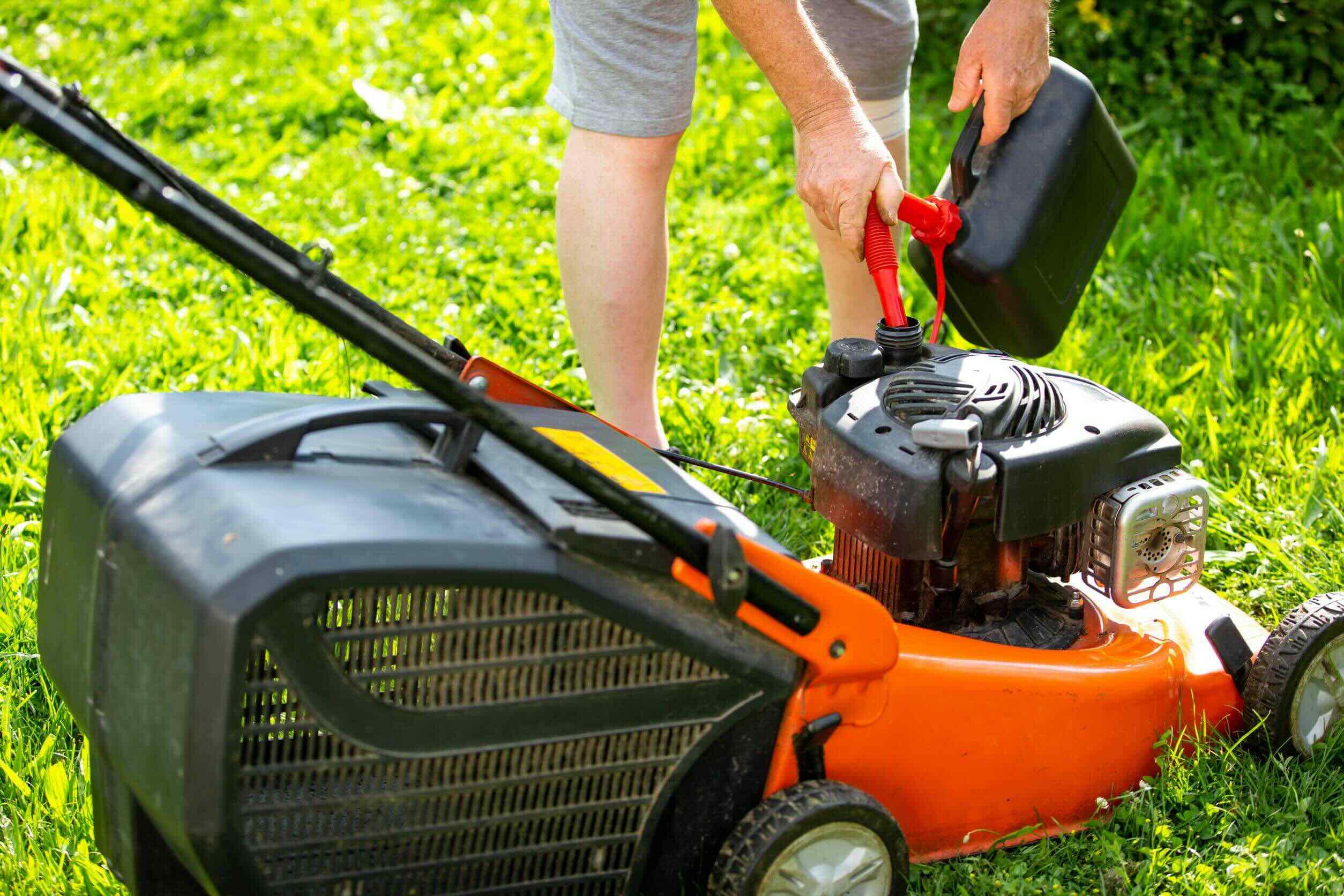
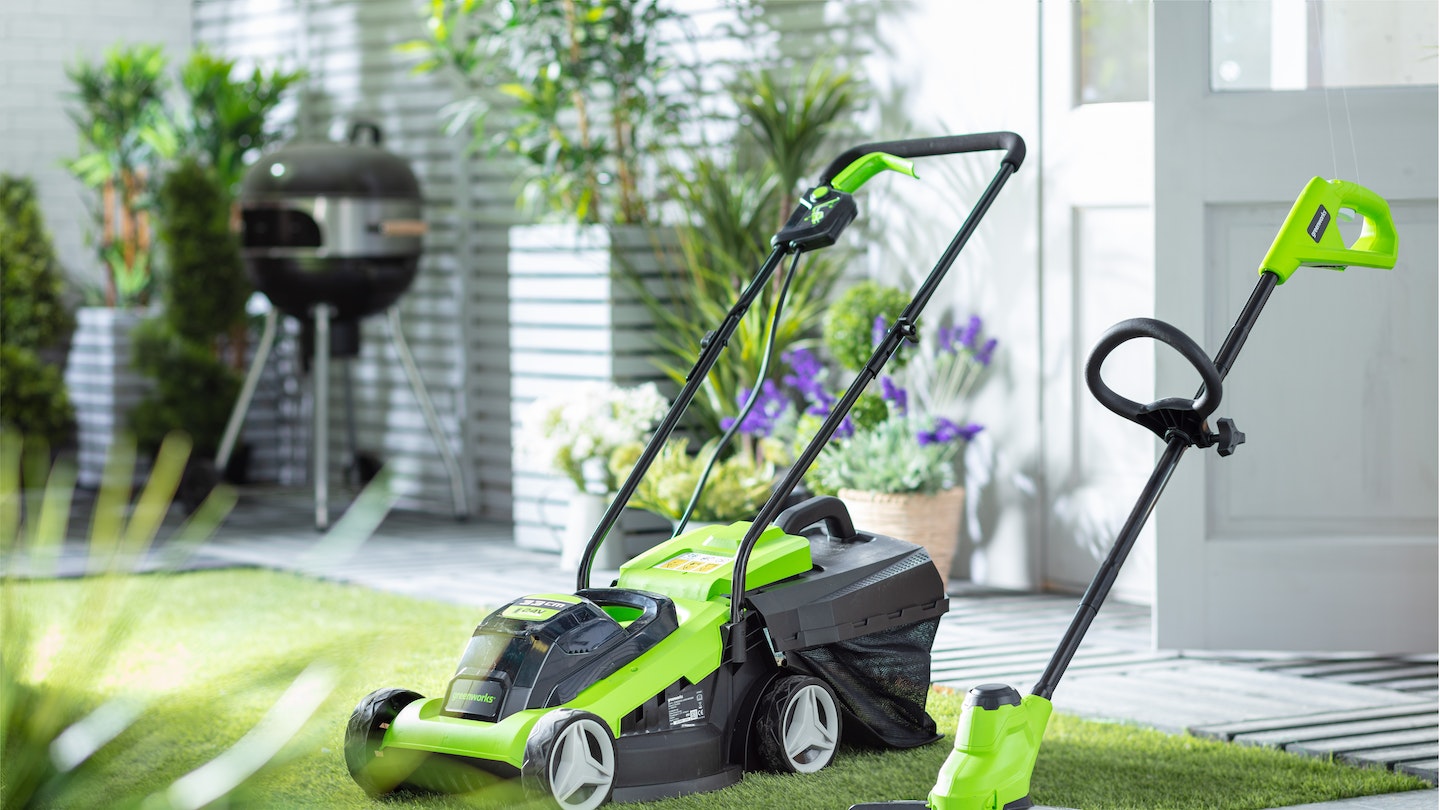
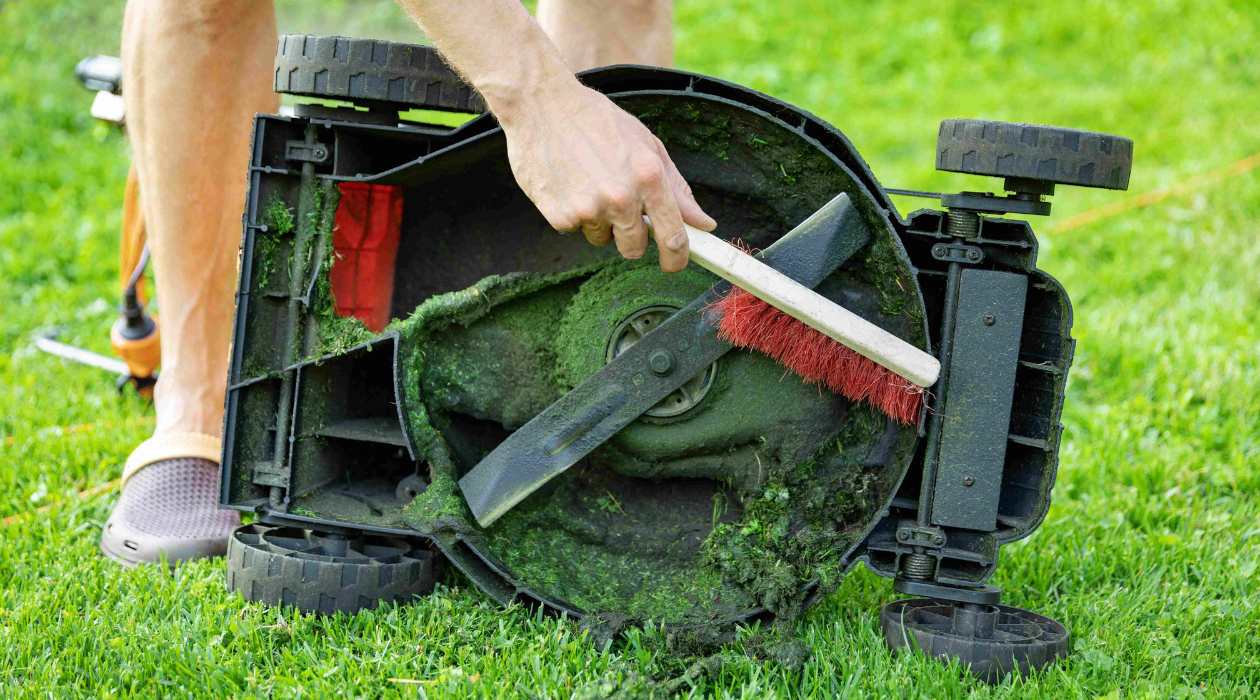
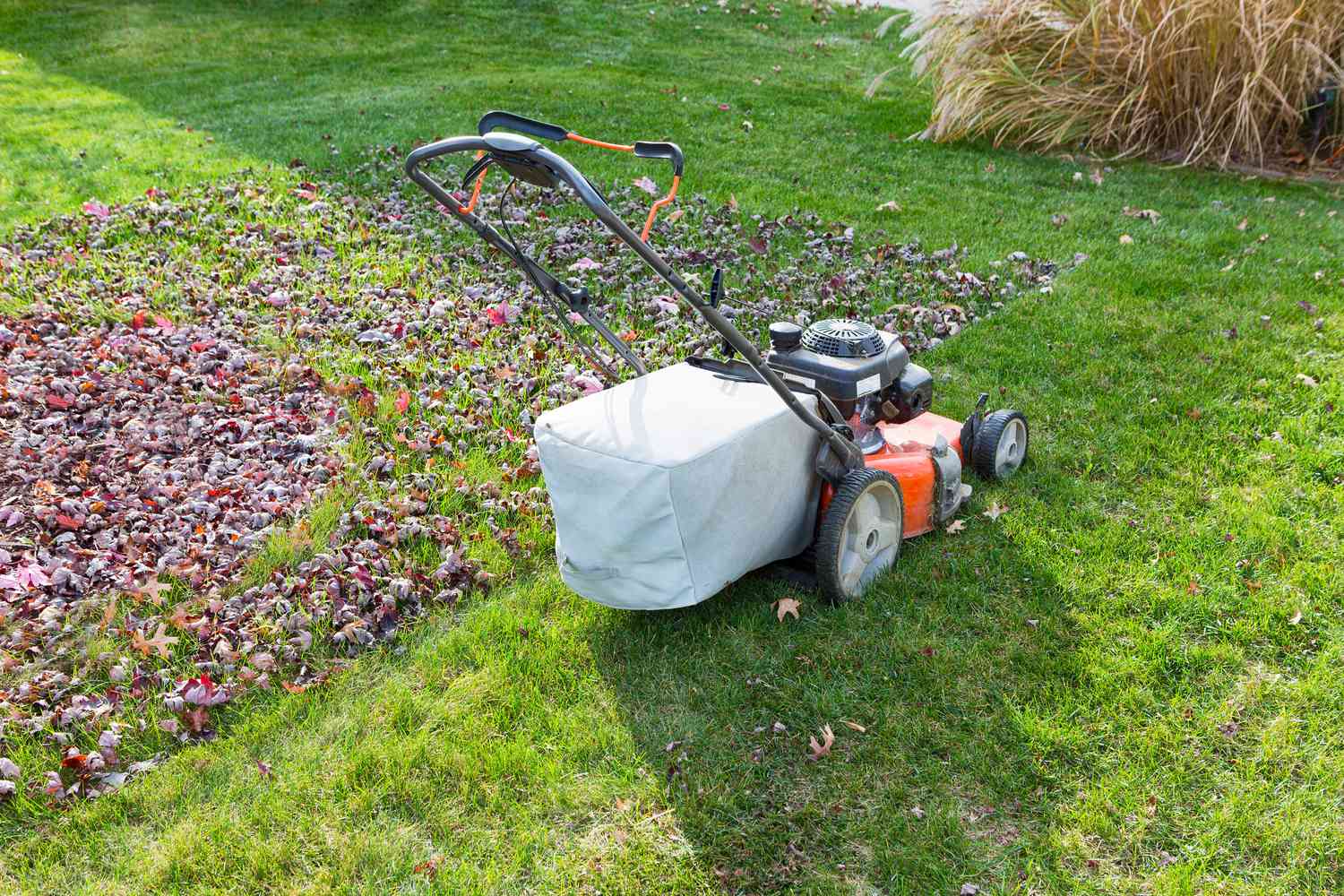
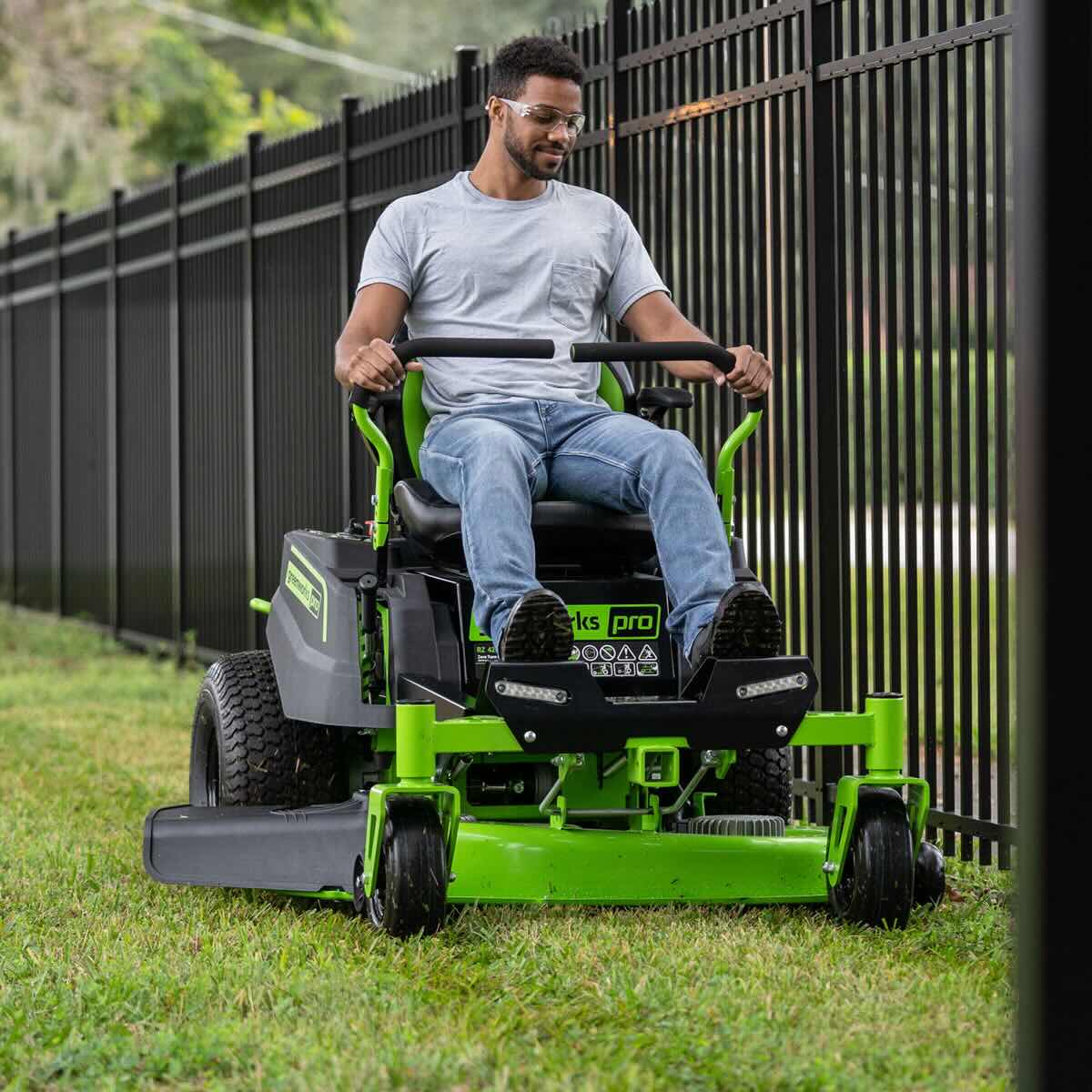
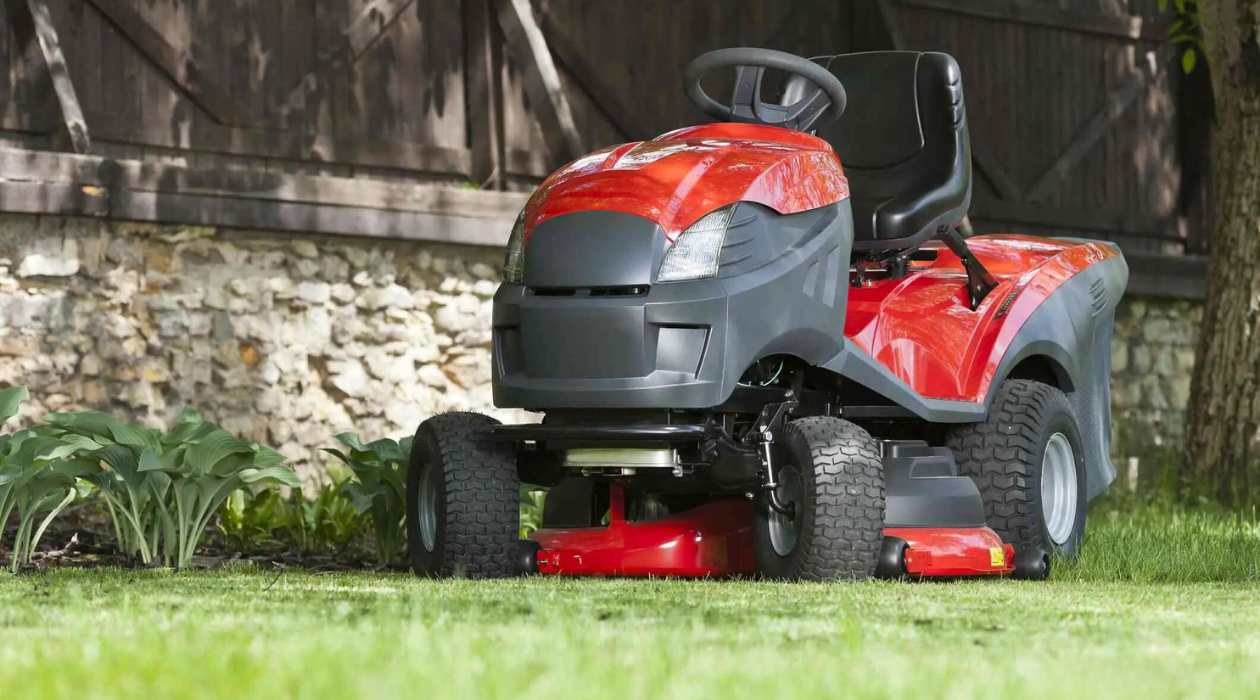
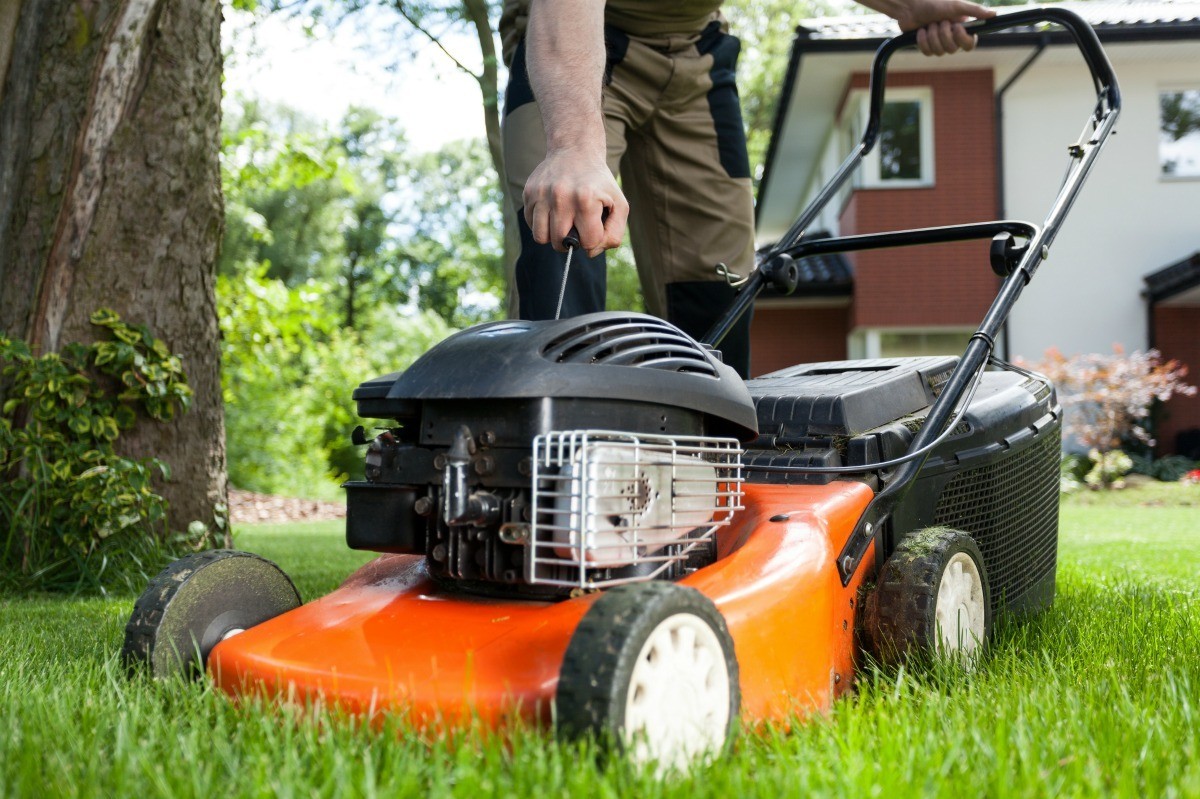
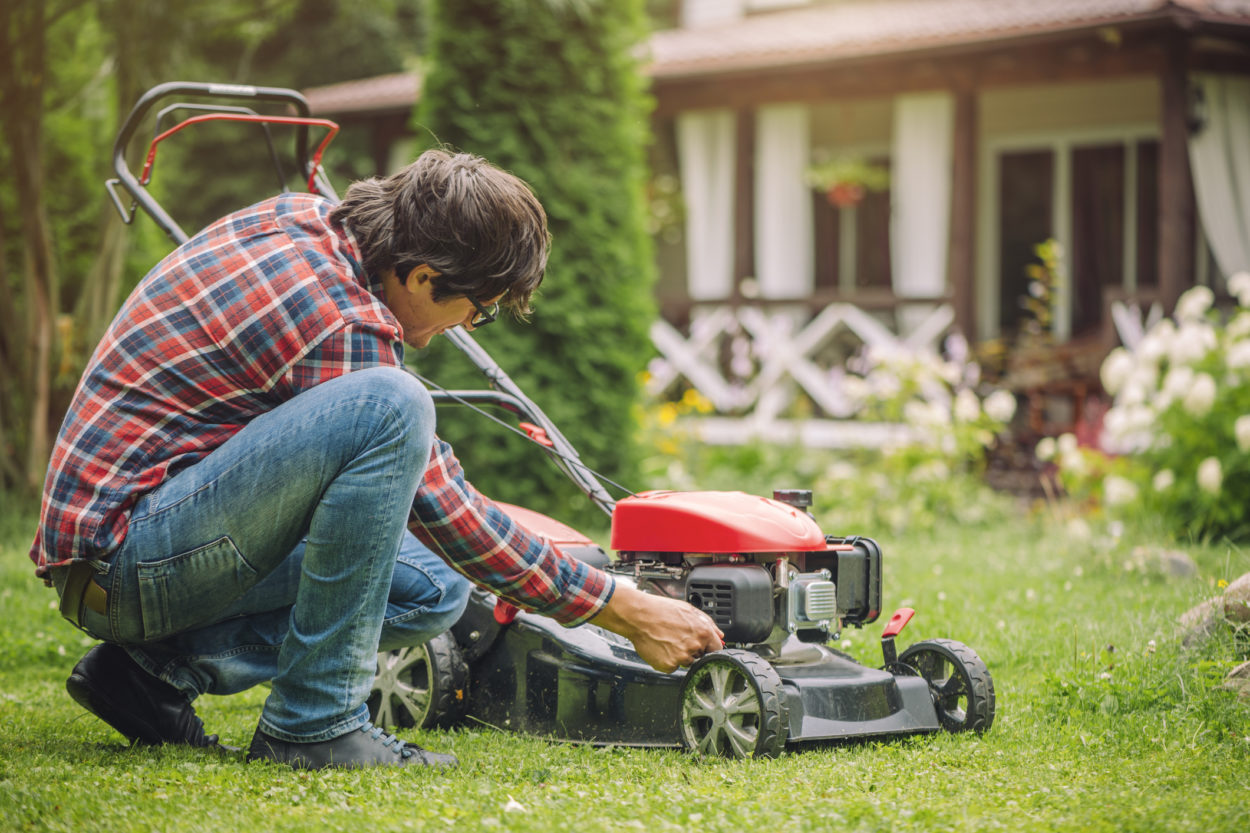
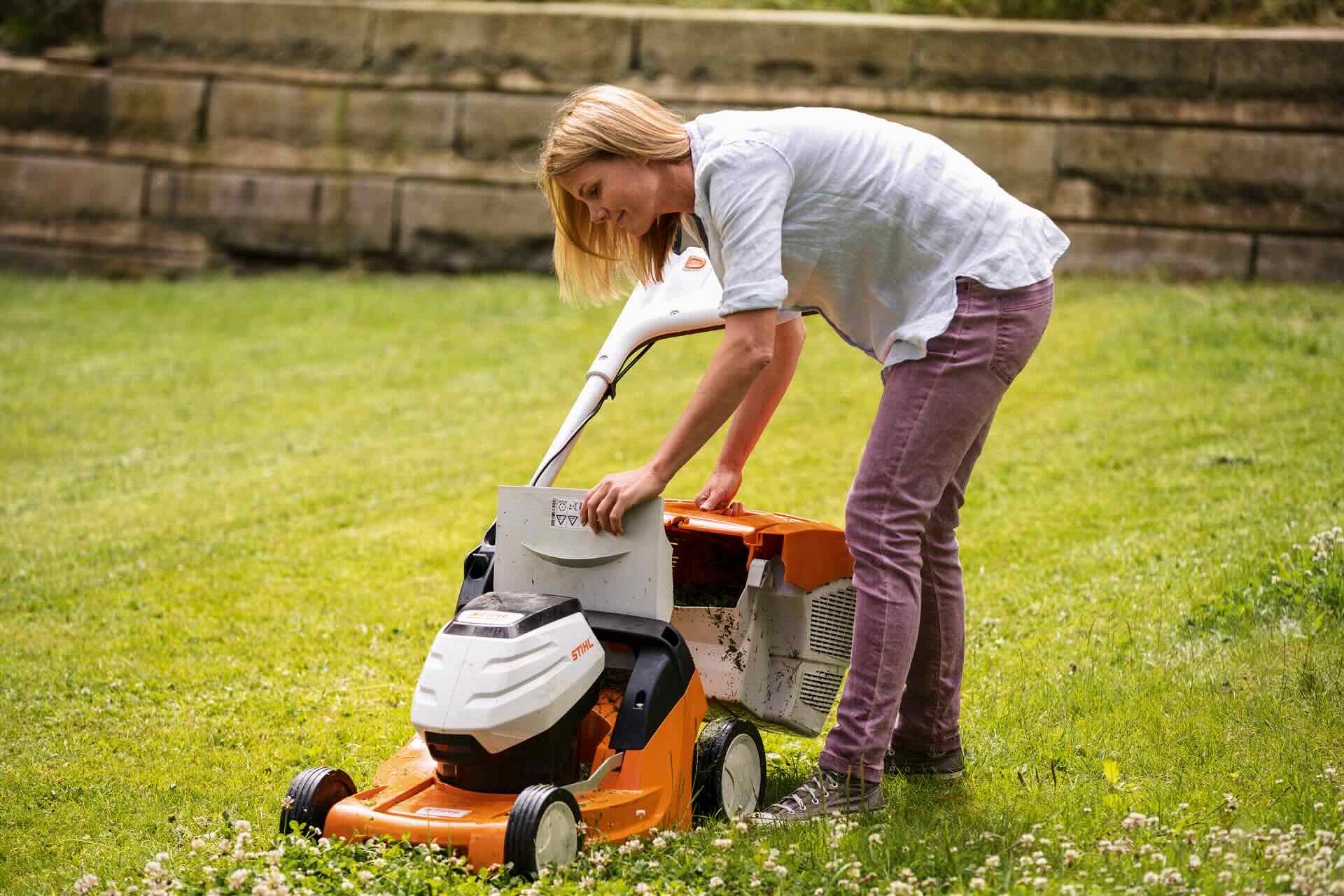
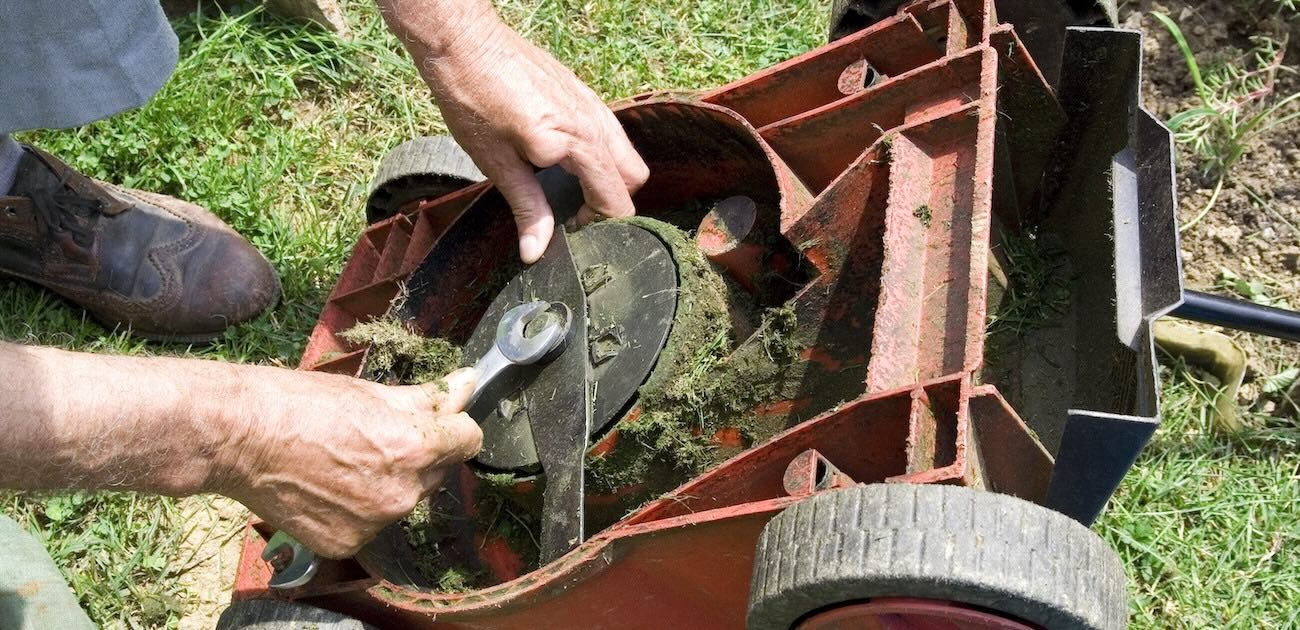
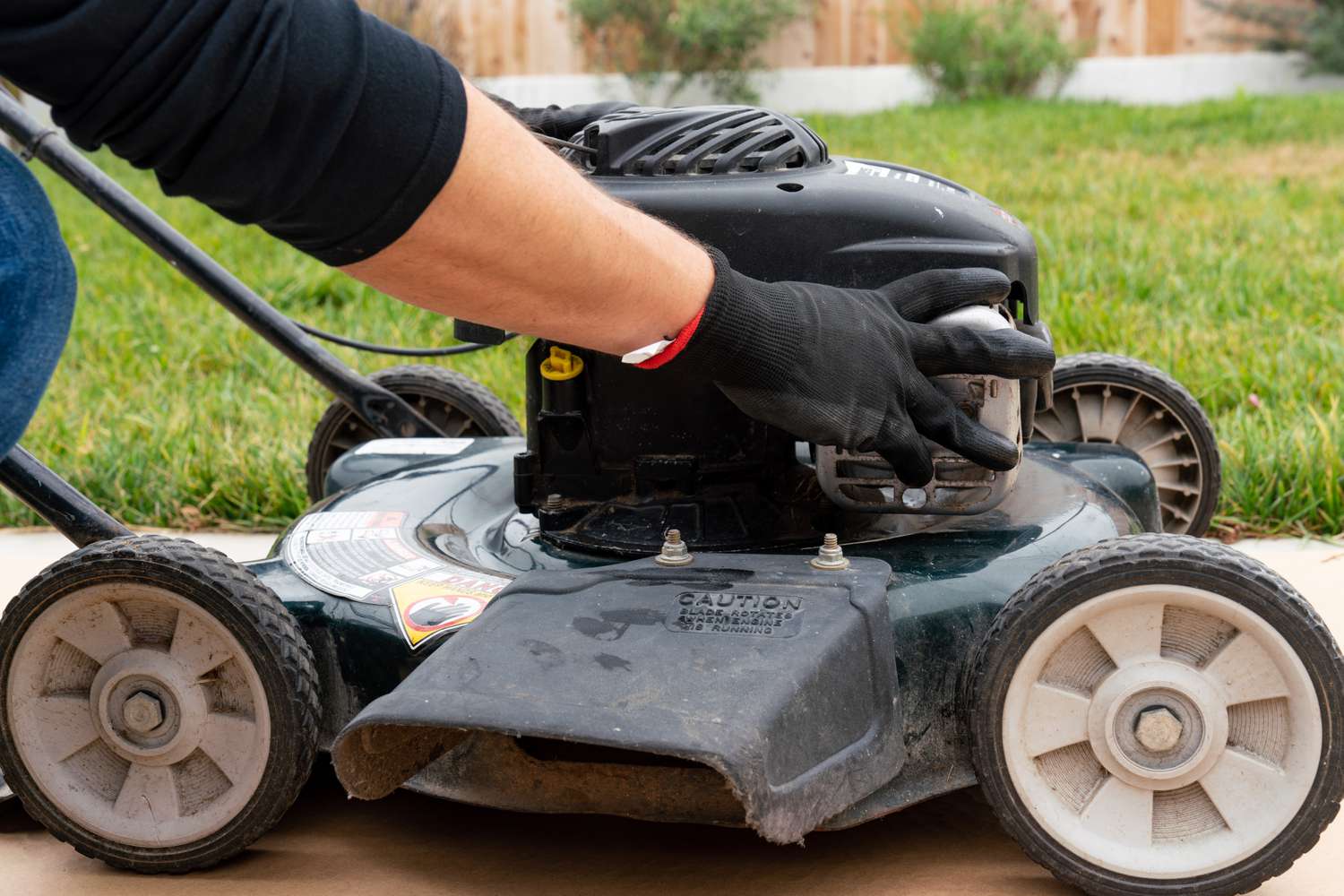
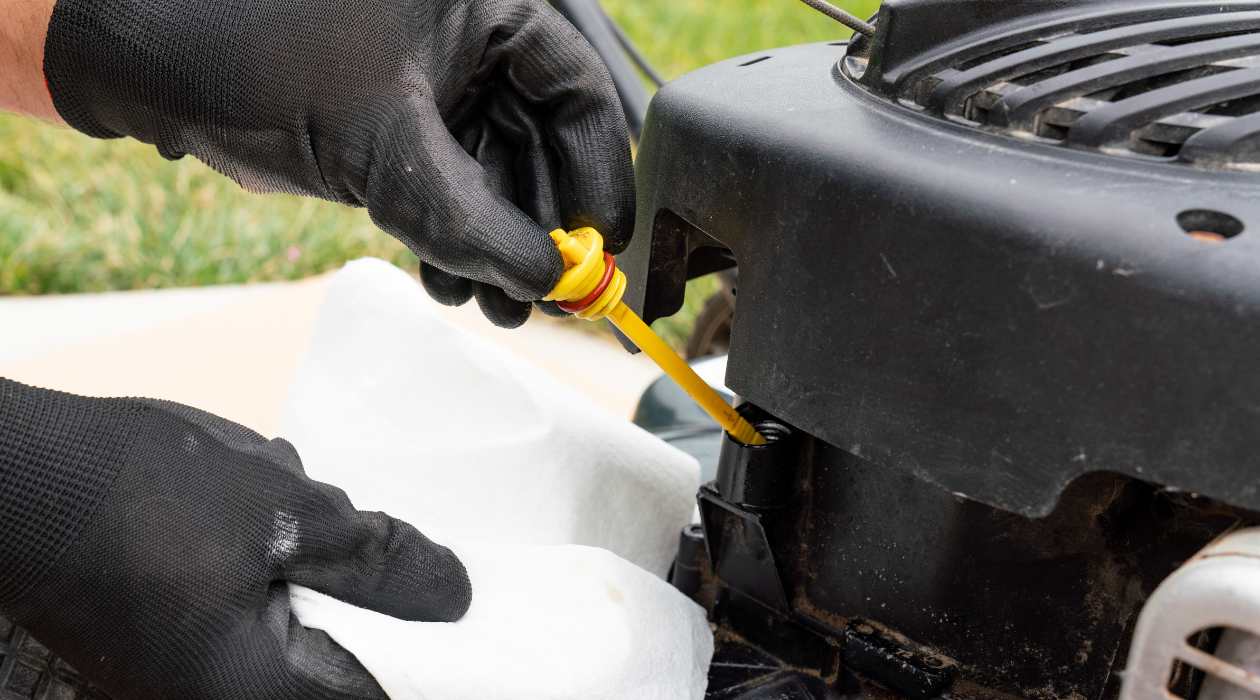
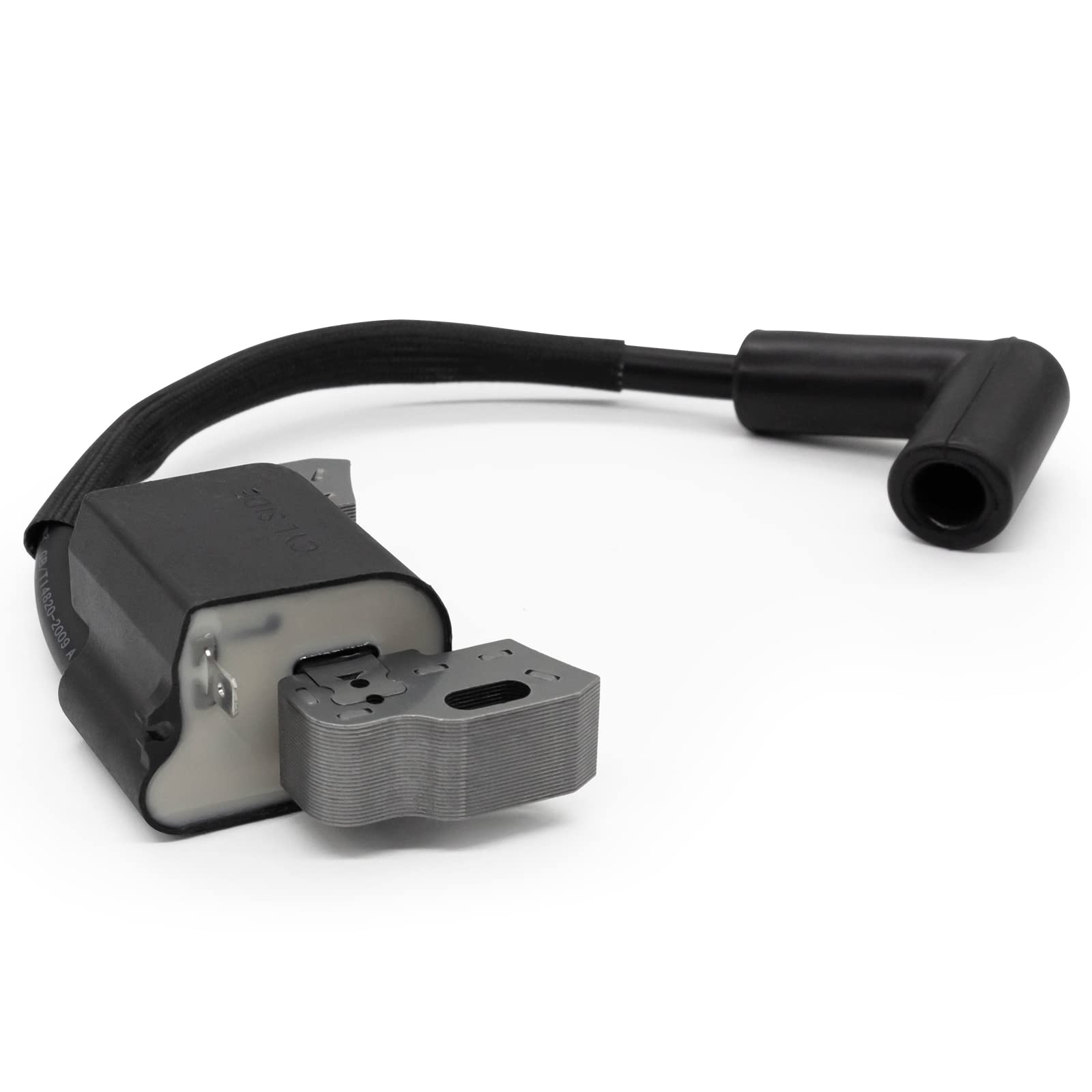

0 thoughts on “How To Start A Lawnmower”